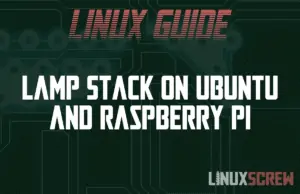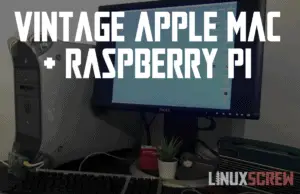Home » Linux
Why You Should Wrap File Paths in Strings in Your Shell Scripts
I stumbled across a thread about terrible programming mistakes and found this: https://github.com/MrMEEE/bumblebee-Old-and-abbandoned/commit/a047be85247755cdbe0acce6f1dafc8beb84f2ac Which contains the line: rm -rf /foo-bar-usr /lib/nvidia-current/xorg/xorg Note – I’ve added foo-bar- to the string so that if you try to run it, it won’t do the thing I’m warning about –even having that on my clipboard makes me nervous!. What happens when it’s run? It wipes out the entire /usr/ directory – essentially bricking your computer! All because of a single space. Due to the space after /usr, the rm command interprets it as two separate directories … Read more


![Command Line Arguments in Shell/Bash Scripts [Tutorial] 2 Command Line Arguments in Bash Scripts](https://cd.linuxscrew.com/wp-content/uploads/2021/02/Command-Line-Arguments-in-Bash-Scripts-300x194.png)
![How To Fix Broken Packages in Ubuntu [Tutorial] 3 How To Fix Broken Packages in Ubuntu](https://cd.linuxscrew.com/wp-content/uploads/2021/02/How-To-Fix-Broken-Packages-in-Ubuntu-300x194.png)

![touch Command in Linux and Bash [with Examples] 18 touch Command in Linux](https://cd.linuxscrew.com/wp-content/uploads/2021/02/touch-Command-in-Linux-300x194.png)

![How to Install & Use Bash (Linux Shell) on Windows 10 [Tutorial] 20 bash for windows](https://cd.linuxscrew.com/wp-content/uploads/2021/02/bash-for-windows-300x194.png)


